Chocolate-flavored beans recommended how to brew Pacas Coffee in St. Vincent, Honduras
Professional coffee knowledge exchange more coffee bean information please follow the coffee workshop (Wechat official account cafe_style)
Information on the production areas of Honduras
NEWS!
According to local traders in Honduras, the novel coronavirus epidemic is causing great hardship to the country's ongoing coffee picking because of domestic quarantine restrictions and foreign labor cannot enter Honduras. According to Honduras's previous coffee harvest season experience, it takes 70, 000 workers to complete.
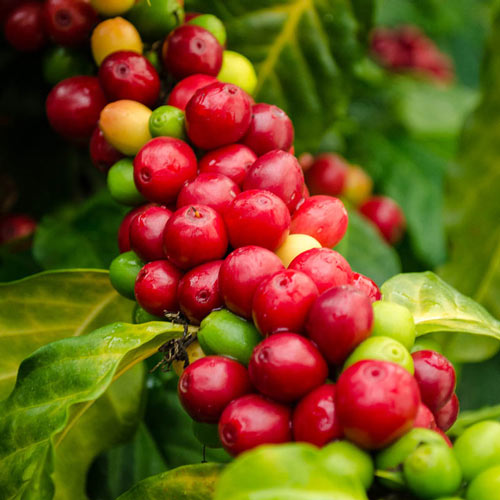
There are only 40,000 workers in El Palaiso, Honduras, where coffee harvesting began in mid-December. When all coffee producing areas in Honduras enter the coffee harvest season, if the labor problem is not solved in time, Honduras's coffee production in 2021 will be greatly affected.
When it comes to black cherries and dark chocolate, my mind is filled with the appearance of Black Forest Cake. What happened to make the baristas on the front street have this imagination? Take a closer look, ah! They tested the Pacas coffee beans from the St. Vincent processing plant in Honduras.
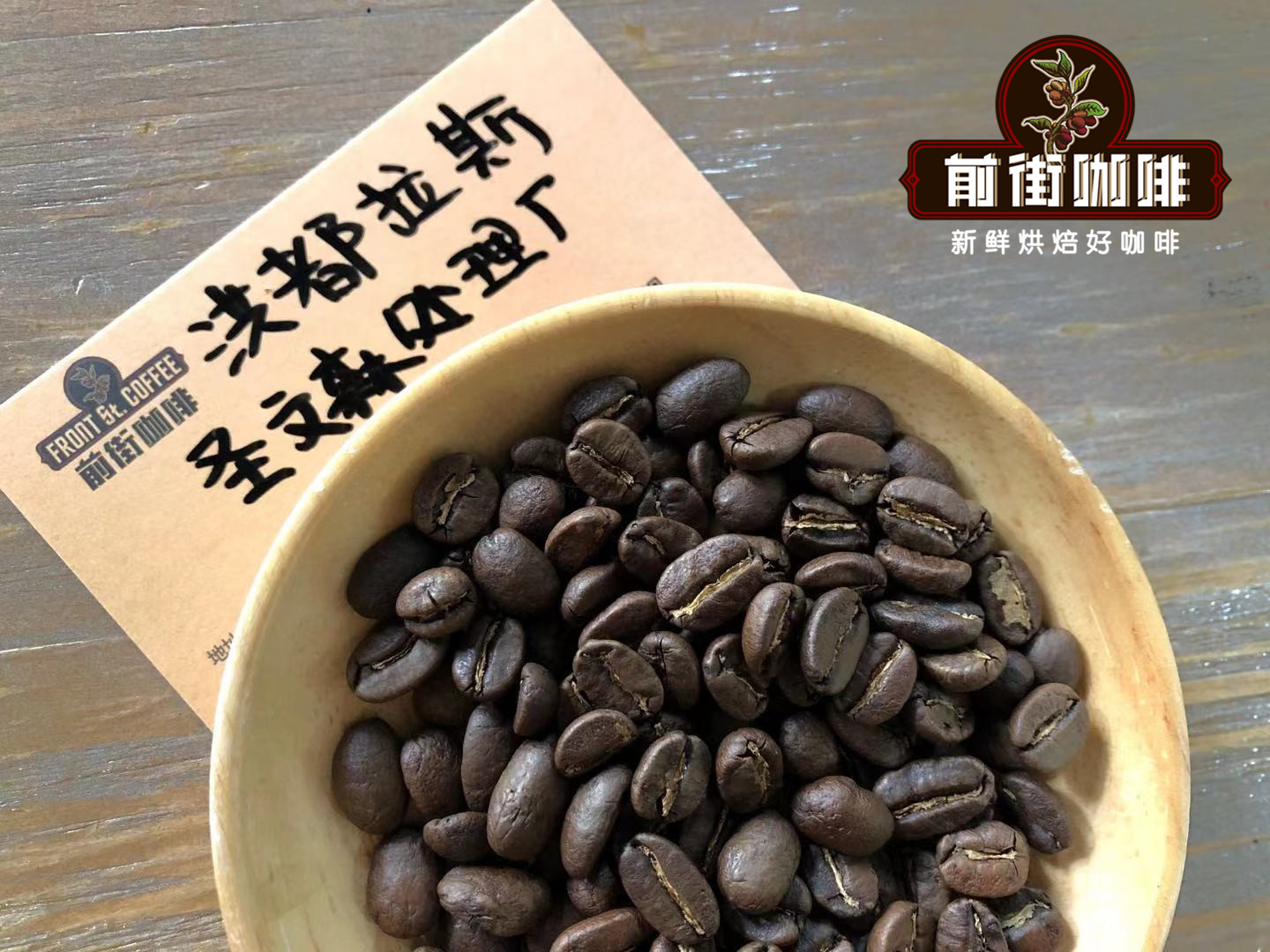
Front Street Coffee-small Farmer Coffee beans in Saint Vincent, Honduras
Producing area: Cobang Province of Honduras
Processing plant: St. Vincent treatment plant
Treatment method: washing treatment method
Altitude 1600-1900m
Variety: Pacas
Grade: SHG
Koban coffee producing area
Copan
The province of Copan is located in western Honduras, between the regions of Copan, Ocotepec and Lompira, and its name comes from the city of Copan. The proximity to Guatemala once again highlights the importance of knowing the true source of coffee. Growing coffee is the most important socio-economic source in the region, producing the best quality coffee in Honduras. The coffee harvest season is from November to March of the following year, Qianjie passes the cup of coffee in the producing area, and the sweetness of honey and caramel in the chocolate wind is a major feature of the coffee beans in the producing area.
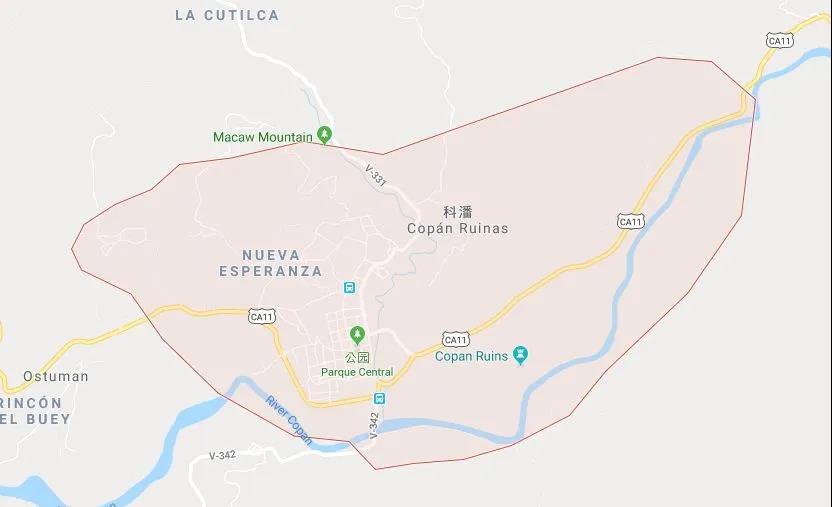
St. Vincent treatment plant
San Vicente
St. Vincent's processing plant is located in the small town of Pe ñ a Blanca in the Santa Barbara province north of Johua in western Honduras, where coffee beans have always been the winners of the COE Cup in Honduras. The processing plant, which has a processing plant run by the St. Vincent family, is very famous locally because it helps farmers upgrade their planting technology and modify production equipment through projects, devotes itself to close ties with producers, and takes coffee cups as a strict check for each batch of products.
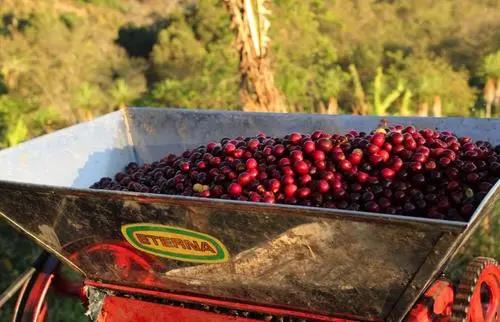
At the same time, St. Vincent's processing plant buys coffee fruits produced by small coffee farmers in the surrounding towns of El Cielito, Las Flores and El Cedral. Due to the small amount of coffee produced, it is difficult to separate these small farmers' production batches, but the coffee produced in these regions has always been amazing with high sweetness and fruity, so they are collected together for raw bean treatment.
Small farmers in Ecuador
Edgardo Tinoco
The Pacas coffee beans bought in front of the street are made in Edgardo Tinoco, a small village near St. Vincent's processing plant. The coffee farmers in the village planted beans on each other's coffee so that they could not separate the raw beans for micro-batch sale, so they could only sell them to the Sennwensen processing plant for raw beans, and then sold them after the village.
Pacas variety
Pacas
Pacas is naturally mutated from the bourbon variety, somewhat similar to Brazil's Kaddura. Pacas also has a single gene mutation that causes coffee trees to grow smaller (dwarfism), which is also Pacas's main advantage. Pacas coffee trees are smaller and have higher potential yields, and coffee trees can also be placed closer to increase total coffee production.
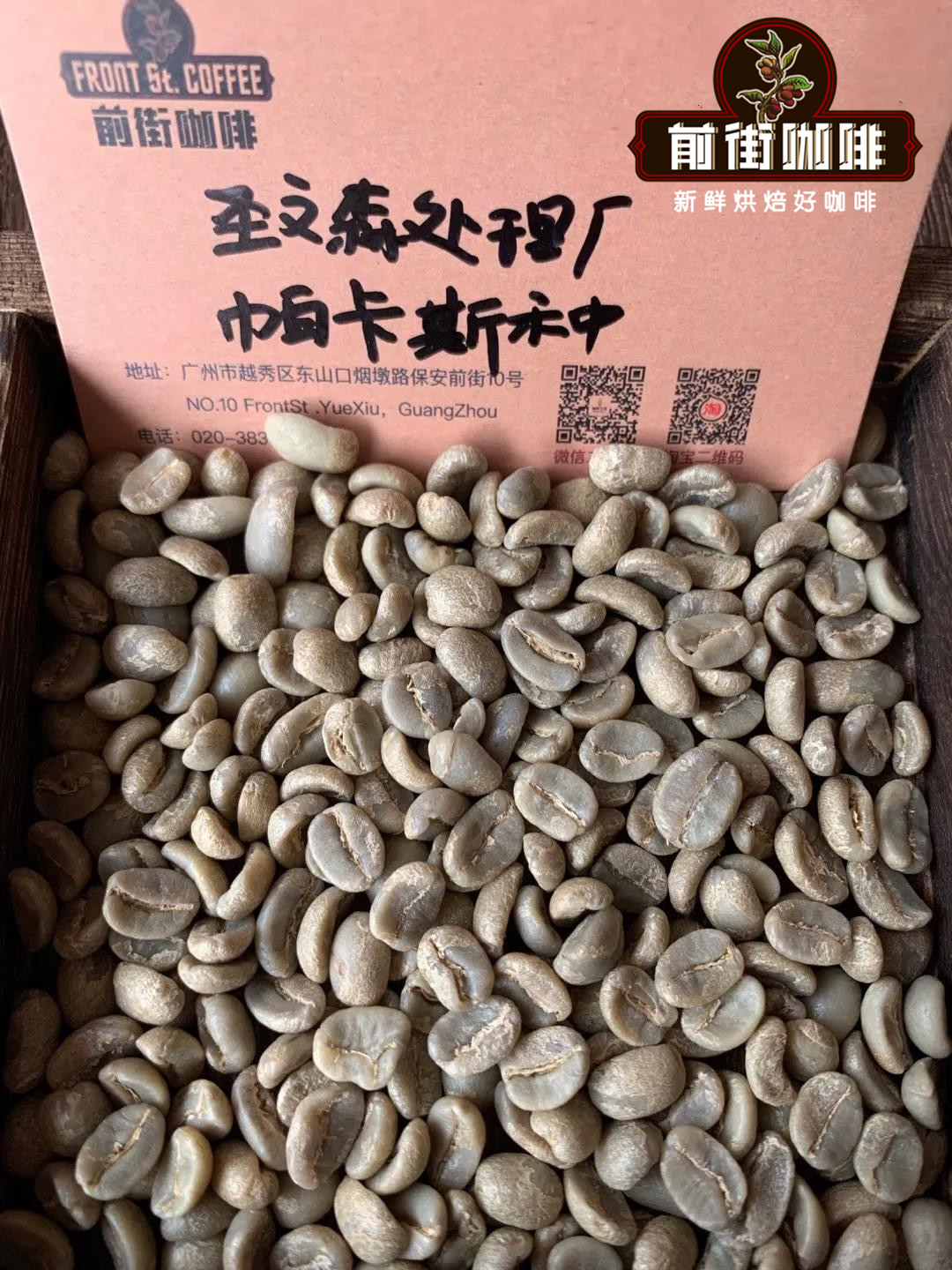
The front street observed that Pacas and Kaddura's shape is very similar, it has the same round and slender shape as Kaddura, from the side of the coffee beans, Pacas's overall thickness will be thinner than the bourbon.
Coffee bean treatment
Washed
Put the screened coffee berries into the peeling machine, and initially remove the peel and pulp. Pour the raw coffee beans with residual pectin into a wooden tank and wash and ferment for 18 to 24 hours. After the fermentation is completed, the raw coffee beans are washed in flowing water and the pulp and pectin are removed by friction between the coffee beans and the coffee beans. After washing, the coffee beans will be dried on the drying platform set up by the St. Vincent treatment plant, so that the moisture content will be reduced to about 12%, and finally the parchment of raw coffee beans will be removed.
Qianjie Coffee Baking record
The furnace temperature is 175℃, the firepower is 130mm, the throttle is open 3; the temperature recovery point is 1mm / 39th 32 ", when the furnace temperature is 99.5℃, the firepower is unchanged; 140℃ throttle is adjusted to 4. When the furnace temperature is 153.6 ℃, the firepower turns yellow, the smell of grass disappears completely, and enters the dehydration stage.
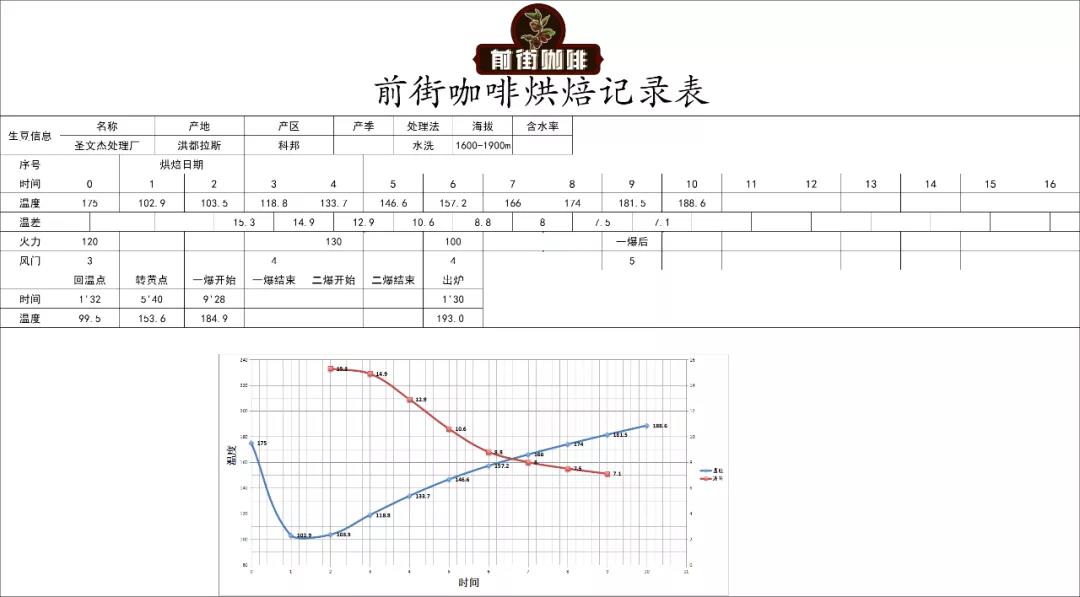
At 8: 00, ugly wrinkles and black markings appear on the bean surface, and the smell of toasted bread obviously turns into coffee, which can be defined as a prelude to an explosion. At this time, it is necessary to listen carefully to the sound of the explosion point, and the explosion begins at 9: 39 / 28. After the explosion, the development of 1 / 3 / 39 / 38 seconds, 193. ℃ beans.
Coffee cup test report on Qianjie
Dry incense: almonds, dark chocolate cake
Wet fragrance: green apple
Flavor: black cherry, green grape, dark chocolate cake, almonds, caramel
Experience of brewing coffee in Qianjie
Through the cup test in Qianjie, we know that this coffee bean has a rich sense of layering. In order to show the hierarchical feeling of this coffee bean, Qianjie uses a V60 filter cup to brew the coffee and brews the coffee at 91 °C.
Powder content: 15g
Ratio of powder to water: 1:15
Degree of grinding: medium and fine grinding (78% screening rate of No. 20 screen)
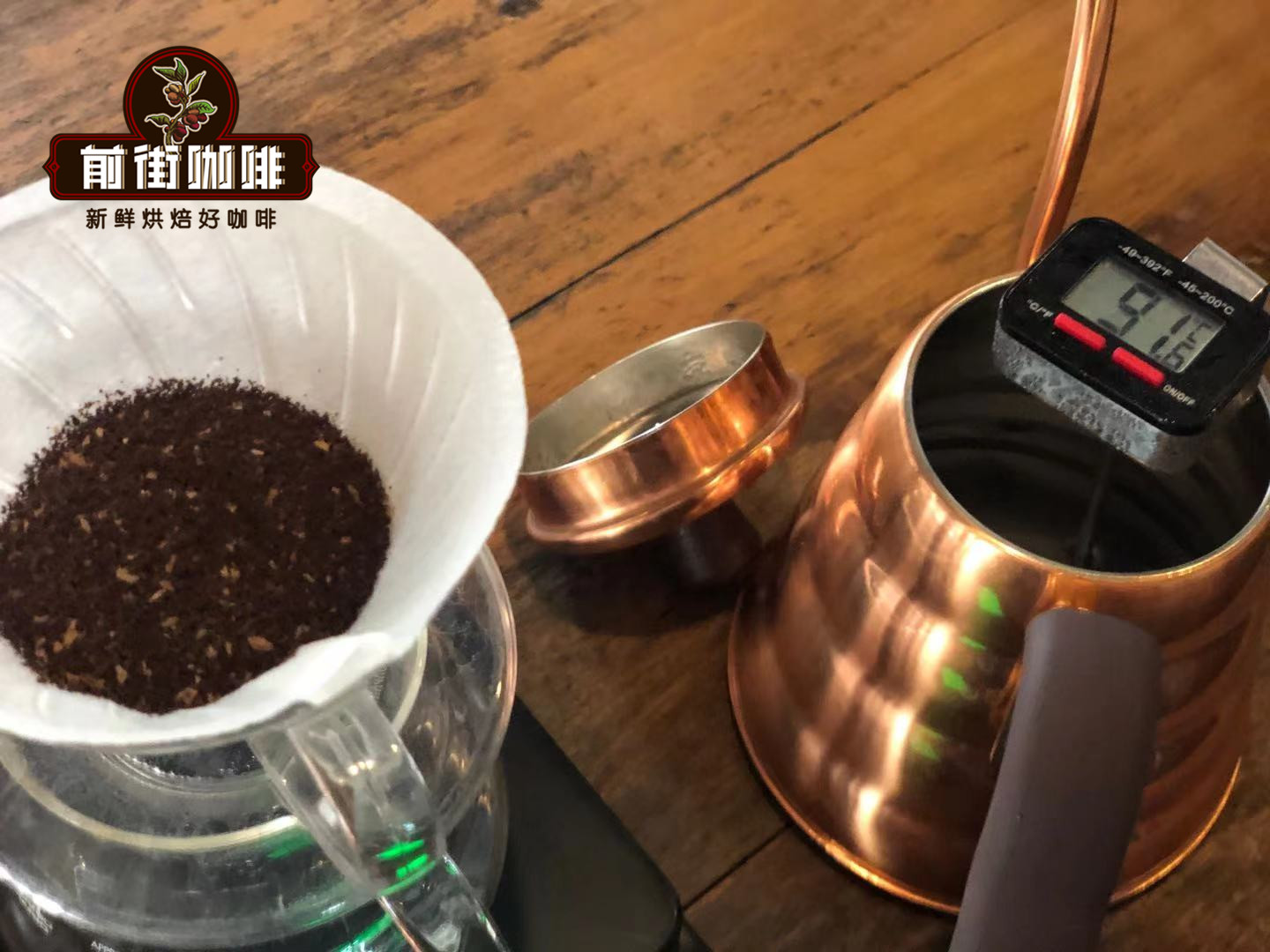
Qianjie coffee staged extraction: first of all, the powder layer was fully wetted with 30g water in the shape of "hamburger" and steamed for 30s; the second stage was injected with water to 125g at 1: 00 ", then stopped and the water level dropped to 2 / 3 of the powder layer into the third stage; in the third stage, the water was injected into 225g at the time of timer 1: 39 / 45", and the total extraction time for coffee liquid to be completely dripped was 2 minutes behind 3902 ". Shake the coffee gently after the extraction, and then taste it after the coffee liquid is fully uniform.
Cooking flavor: at high temperature, the mouth is slightly astringent of plums, sweet and sour of black cherries and aromas of almonds. After cooling, the sour and sweet of the imported black cherry juice, the aroma of dark chocolate cake, the acidity of green grapes and the finish of caramel almonds.
For more boutique coffee beans, please add private Qianjie coffee on Wechat. WeChat account: kaixinguoguo0925
Important Notice :
前街咖啡 FrontStreet Coffee has moved to new addredd:
FrontStreet Coffee Address: 315,Donghua East Road,GuangZhou
Tel:020 38364473
- Prev
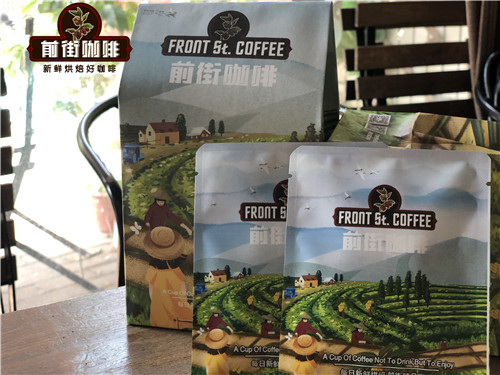
Does hanging-ear coffee need to be steamed? How to make a cup of coffee that tastes good?
Professional coffee knowledge exchange more coffee bean information Please follow the coffee workshop (Wechat official account cafe_style) recently a friend asked whether it is necessary to steam when making a cup of coffee. This issue of coffee brewing laboratory to verify whether there is a need for muggy coffee! First of all, this time, the experiment was carried out with the Yejia Xuefei hanging ear coffee bag of Qianjie Coffee.
- Next
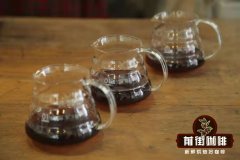
How to train coffee senses How to taste coffee flavor?
This coffee is rich in fruit tonality, citrus, lemon, oolong tea, jasmine floral flavor!!! It may be incredible for those who have just come into contact with boutique coffee, why can you drink so much flavor from a cup of coffee? (Is it nonsense?) This issue of barista training notes to share a small white training sensory process. Creating a flavor memory for
Related
- Beginners will see the "Coffee pull flower" guide!
- What is the difference between ice blog purified milk and ordinary milk coffee?
- Why is the Philippines the largest producer of crops in Liberia?
- For coffee extraction, should the fine powder be retained?
- How does extracted espresso fill pressed powder? How much strength does it take to press the powder?
- How to make jasmine cold extract coffee? Is the jasmine + latte good?
- Will this little toy really make the coffee taste better? How does Lily Drip affect coffee extraction?
- Will the action of slapping the filter cup also affect coffee extraction?
- What's the difference between powder-to-water ratio and powder-to-liquid ratio?
- What is the Ethiopian local species? What does it have to do with Heirloom native species?

